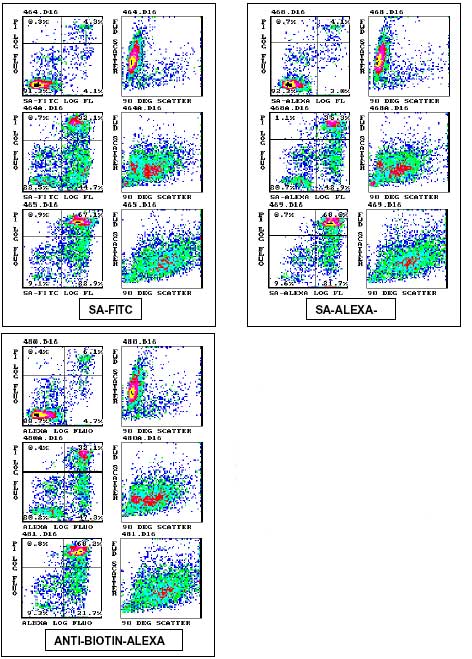PF036 Sigma-AldrichAnnexin V-Biotin Apoptosis Detection Kit
Produits recommandés
Aperçu
Tableau de caractéristiques principal
| Detection Methods |
|---|
| Fluorescence |
| Applications | |
|---|---|
| Key Applications | Flow Cytometry Immunofluorescence |
| Biological Information | |
|---|---|
| Assay time | 15 - 30 min |
| Sample Type | Intact cells |
| Species Reactivity |
|
| Supplemental Information | |
|---|---|
| Kit contains | Annexin V-biotin, 5X Binding Buffer, Propidium Iodide, RAPID™ Media Binding Reagent, and a user protocol. |
| Global Trade Item Number | |
|---|---|
| Référence | GTIN |
| PF036 | 0 |











